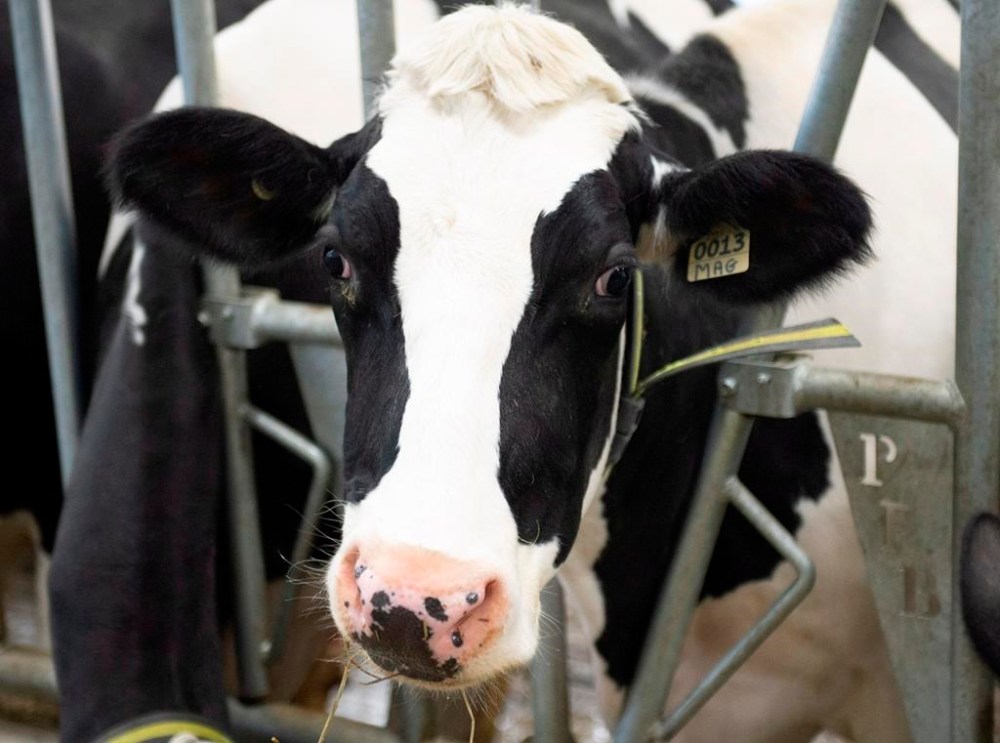Months-long saga of runaway cattle in Quebec comes to an end with weekend capture
Advertisement
Read this article for free:
or
Already have an account? Log in here »
We need your support!
Local journalism needs your support!
As we navigate through unprecedented times, our journalists are working harder than ever to bring you the latest local updates to keep you safe and informed.
Now, more than ever, we need your support.
Starting at $14.99 plus taxes every four weeks you can access your Brandon Sun online and full access to all content as it appears on our website.
Subscribe Nowor call circulation directly at (204) 727-0527.
Your pledge helps to ensure we provide the news that matters most to your community!
Read unlimited articles for free today:
or
Already have an account? Log in here »
Hey there, time traveller!
This article was published 08/01/2023 (716 days ago), so information in it may no longer be current.
MONTREAL – The remaining fugitive cattle that had been on the lam in central Quebec since July were finally recaptured over the weekend, bringing an end to an unusual saga that has involved cowboys and covert nighttime operations.
The last three cattle that escaped from a farm last summer were rounded up Saturday night and returned the next day to their owner in St-Sévère, Que., about 130 kilometres northeast of Montreal, Quebec’s farmers union said Monday.
“I don’t think we’ll soon see 24 cows gone for nearly six months,” Jean-Sébastien Dubé, a spokesman for the Union des producteurs agricoles, said in an interview.

The saga began in July, when 24 cows escaped from a farm in Quebec’s Mauricie region. About half returned on their own while others crossed a stream and hid in the woods, coming out at night to eat the crops of nearby farms. By late November, the animals had caused up to $25,000 in damage to crops, mostly by lying down in soya fields and beheading ears of corn.
In October, St-Sévère residents and officials enlisted the cowboys of nearby St-Tite, Que., a town known for its annual western festival. Eight cowboys and a drone operator spent a day trying to locate the animals and drive them into specially erected pens. While they almost succeeded, there was a last-minute break in the line, and the herd fled once again.
When the union learned of the runaway animals on Nov. 23, it established a plan with the municipality and the farm to find them. Dubé said he knew it would take time.
“We said it would take patience. It makes no sense to chase after the cows; it was the cows that would come back to us.”
Dubé said the cattle didn’t travel far — they simply passed a stream and were hesitant to cross back, seemingly having lost their way in the process.
The remaining three cattle, including a calf, were recaptured last weekend with the use of supervised feeding areas around which fences were gradually installed — the same tactic used to round up the other animals in late November and early December. The farmers union said in December that one of its capture operations was conducted quietly at night so that onlookers wouldn’t compromise the plan.
The feeding areas, Dubé said, were “routinely restocked and there were four instances where (cattle farmers) were able to capture between three and four cows at a time.”
All the animals are visibly in good health, Dubé said, adding that the cattle that were returned before last weekend were all readjusting to life back in captivity.
When the cattle’s owner first reported them missing, local town officials described getting the runaround from the wildlife and agriculture departments, with both saying they weren’t responsible for searching for breeding animals. The province’s Agriculture Department had described the situation as “complex and unprecedented.”
Union officials say they will debrief and try to determine who is responsible for tracking and capturing future runaway farm animals.
“Over the next few days, the (union) and its partners will take stock of the strategy,” the union said in a statement over the weekend. “Questions will obviously have to be asked about the chain of communication between stakeholders in such circumstances.”
This report by The Canadian Press was first published Jan. 9, 2023.
